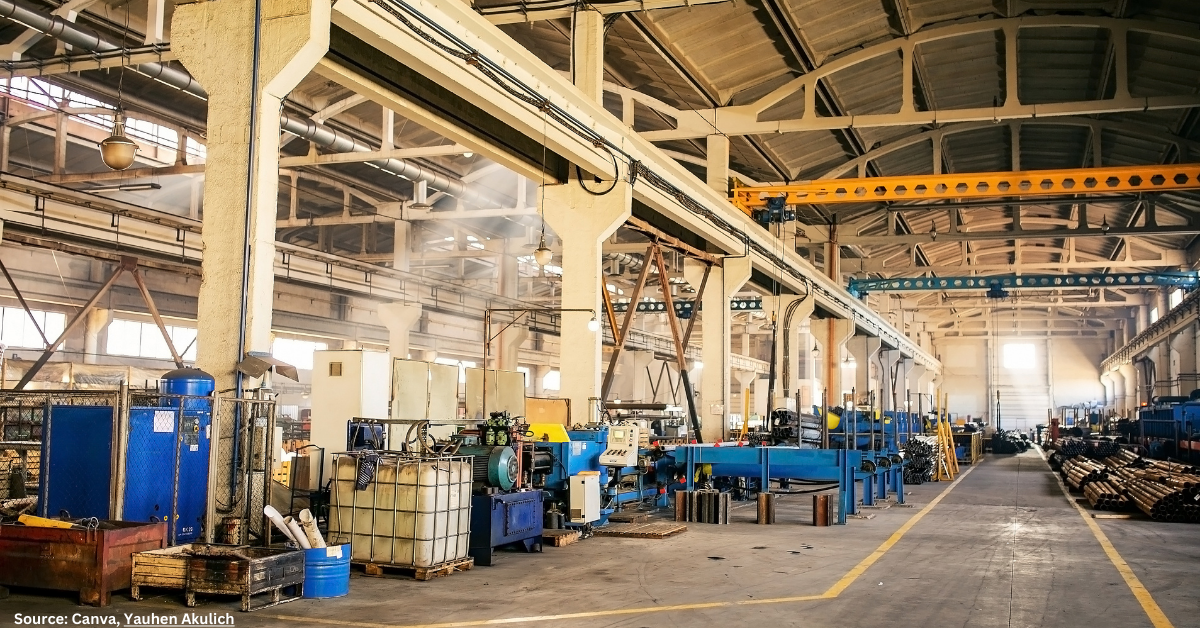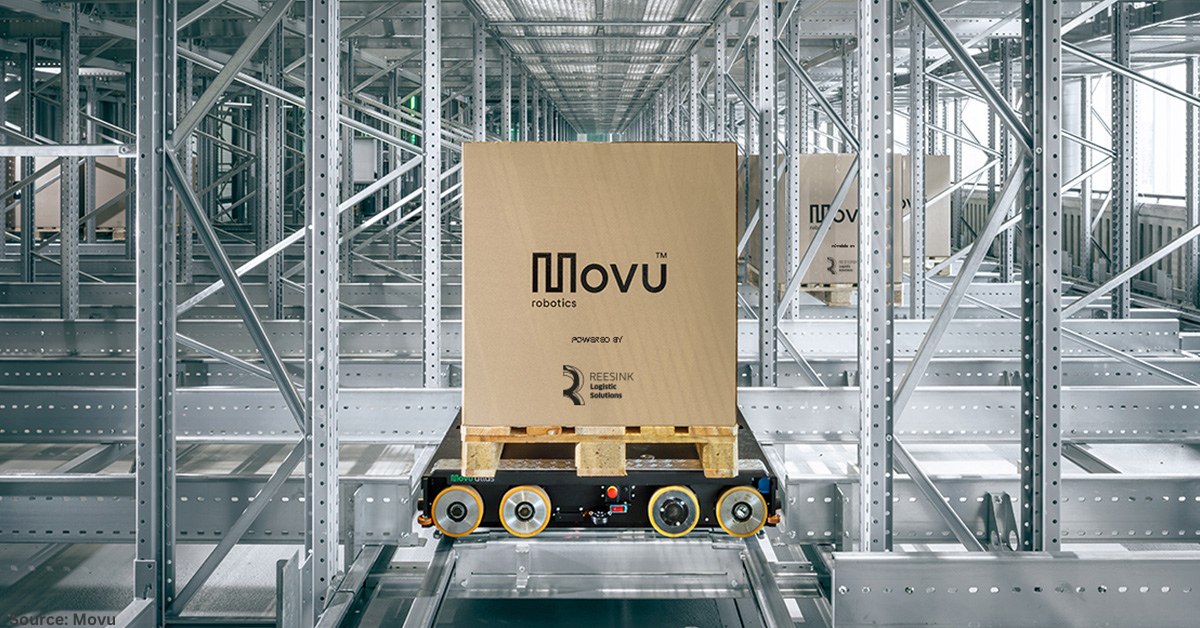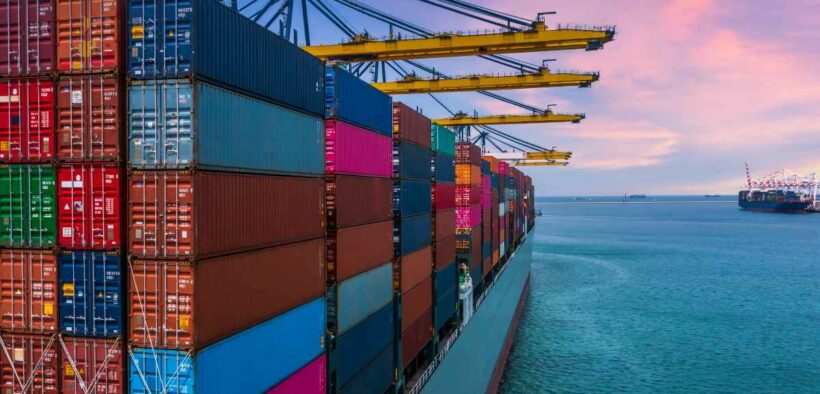Despite ongoing supply chain disruptions, containerised grain exports will continue to be vital in the nation’s grain supply chain, a new report from the Australian Export Grains Innovation Centre (AEGIC) has revealed.
The new study, Improving Australia’s containerised grain exports, analysed the importance of containerised grain trade compared with bulk grain shipping.
The report is a co-investment of the Grains Research and Development Corporation and the South Australian Grains Industry.
Lead author Prof Ross Kingwell said that containerisation of grain is especially important for several states, such as VIC, NSW and QLD, which often comprise a third of their grain exports.
“Overall, Australia often exports up to 4mmt of containerised grain, a significant volume,” Prof Kingwell said.
“In 2021-22 this was even higher, with almost 6mmt of containerised grains and grain products worth $4 billion exported,” he said.
“However, during COVID, escalating shipping costs, higher terminal access fees, greater unreliability of access to shipping services, and port labour disruptions eroded the profitability of containerised grain exports.”
He outlined that although grain containerisation often usefully complements bulk exports, it involves many execution risks.
He revealed that case study participants in the report highlighted the need for growers to be better informed and equipped to manage those risks, if ever they ventured into grain containerisation.
The study also outlined how Australian governments could aid cost effective, low emission flows of containerised grain via their oversight and regulatory roles.
“AEGIC encourages governments to more effectively regulate container ports to boost their efficiency and help avoid any risk of anti-competitive behaviour,” Professor Kingwell said.
Container port developments must also achieve enduring economic and ESG (environmental, social, governance) outcomes rather than provide short-term budgetary relief for governments or commercial advantage solely to incumbents, he said.
“The report recommends local and state governments actively protect buffer zones of preferred containerised grain pathways.”
As populations in the main cities increase, Prof Kingwell said the flow of containers in and out of Australia would also spike.
AEGIC recommends that to lessen future road traffic congestion, there must be greater investment in intermodal hubs and rail access to ports.
“Increasing volumes of containers will increase the demand for space to house empty containers at or near ports,” Prof Kingwell explained.
“Provision of land and infrastructure for empty container parks and rail services to ports will be a major investment challenge for governments and industry due to the expense and scarcity of land at and around Australia’s main ports,” he said.
He continued that a wide array of grains and grain products are exported in containers to customers in Australia’s neighbouring countries; especially in East Asia, South East Asia and South Asia.
“Their demand for containerised grain is destined to increase as their populations and incomes grow. This provides a growth opportunity for Australia’s grain industry,” he said.
The project team, which included top supply chain experts Nigel Hart and Scott McKay, also produced a series of case study videos highlighting businesses involved in the container grain trade.
Source: AEGIC media release. Content has been edited for style and length.



















































Follow us on social media